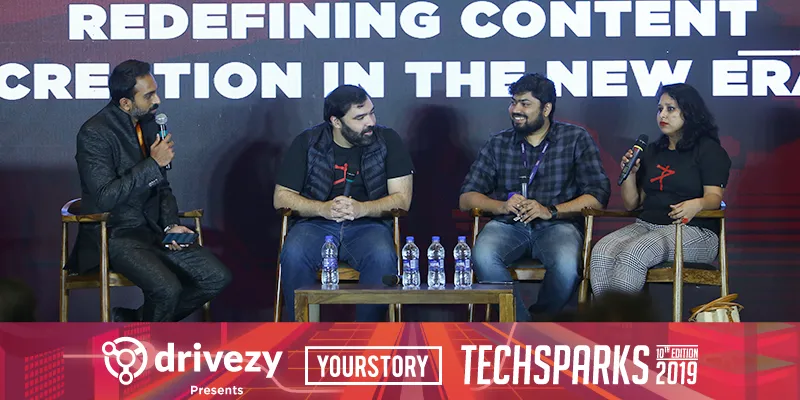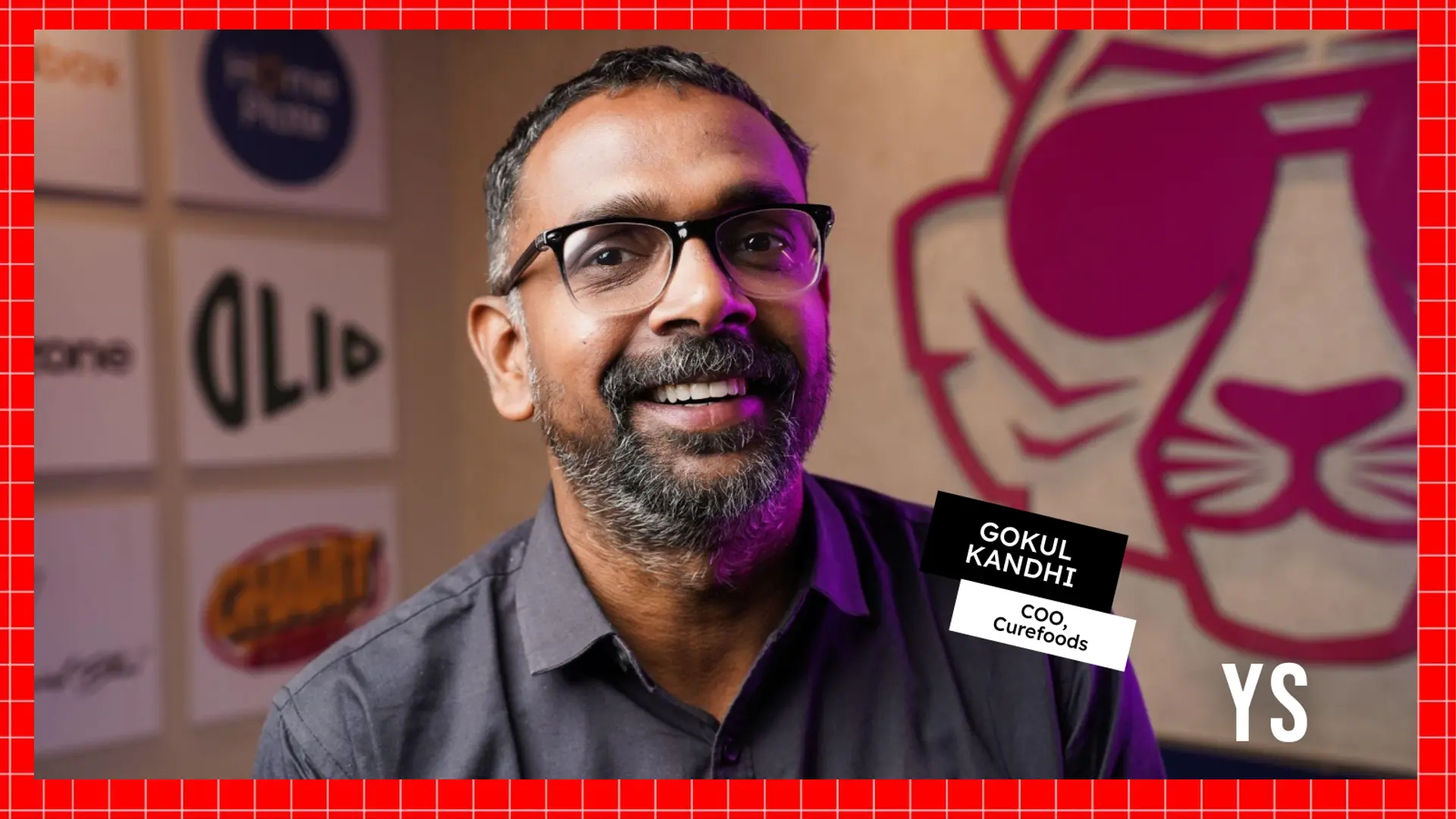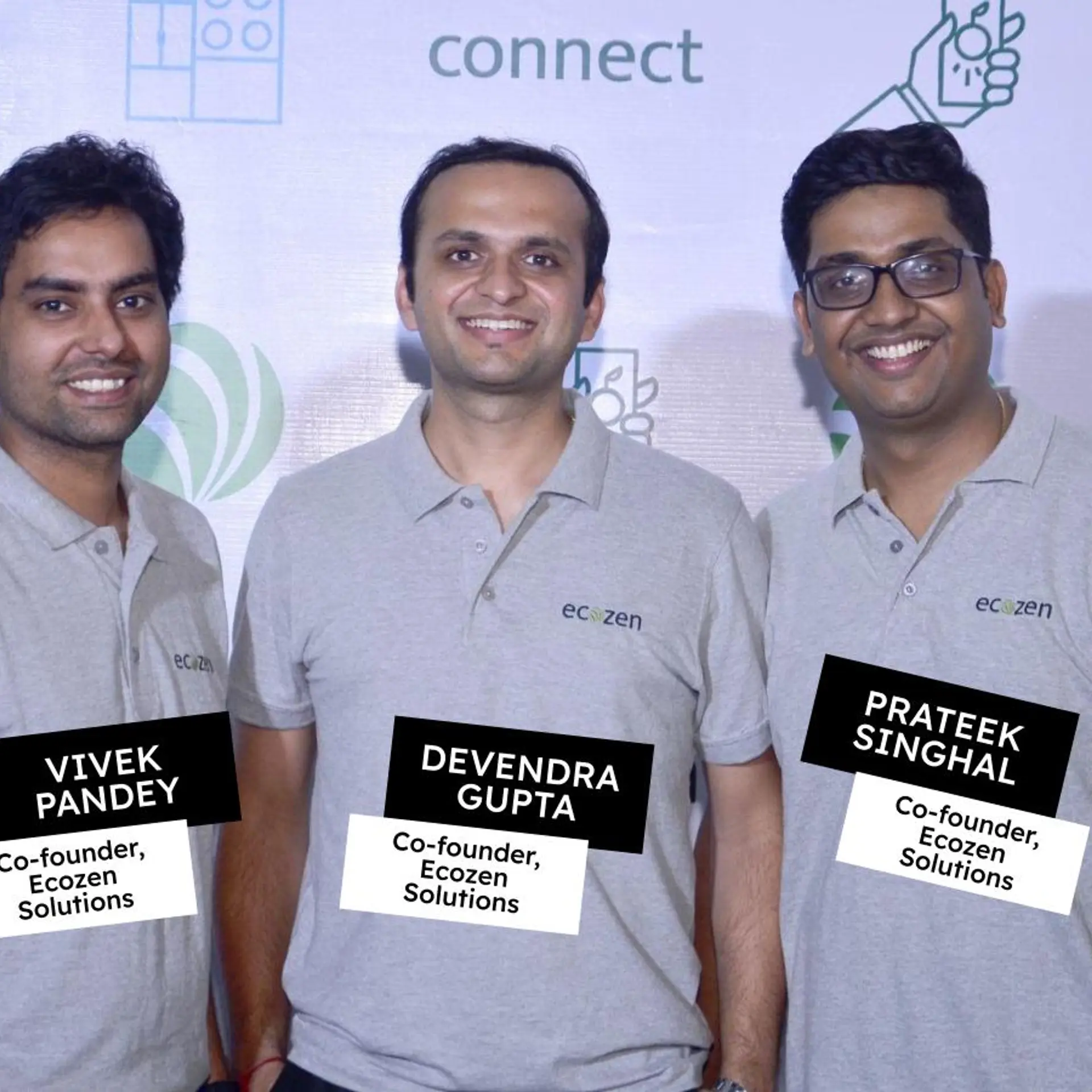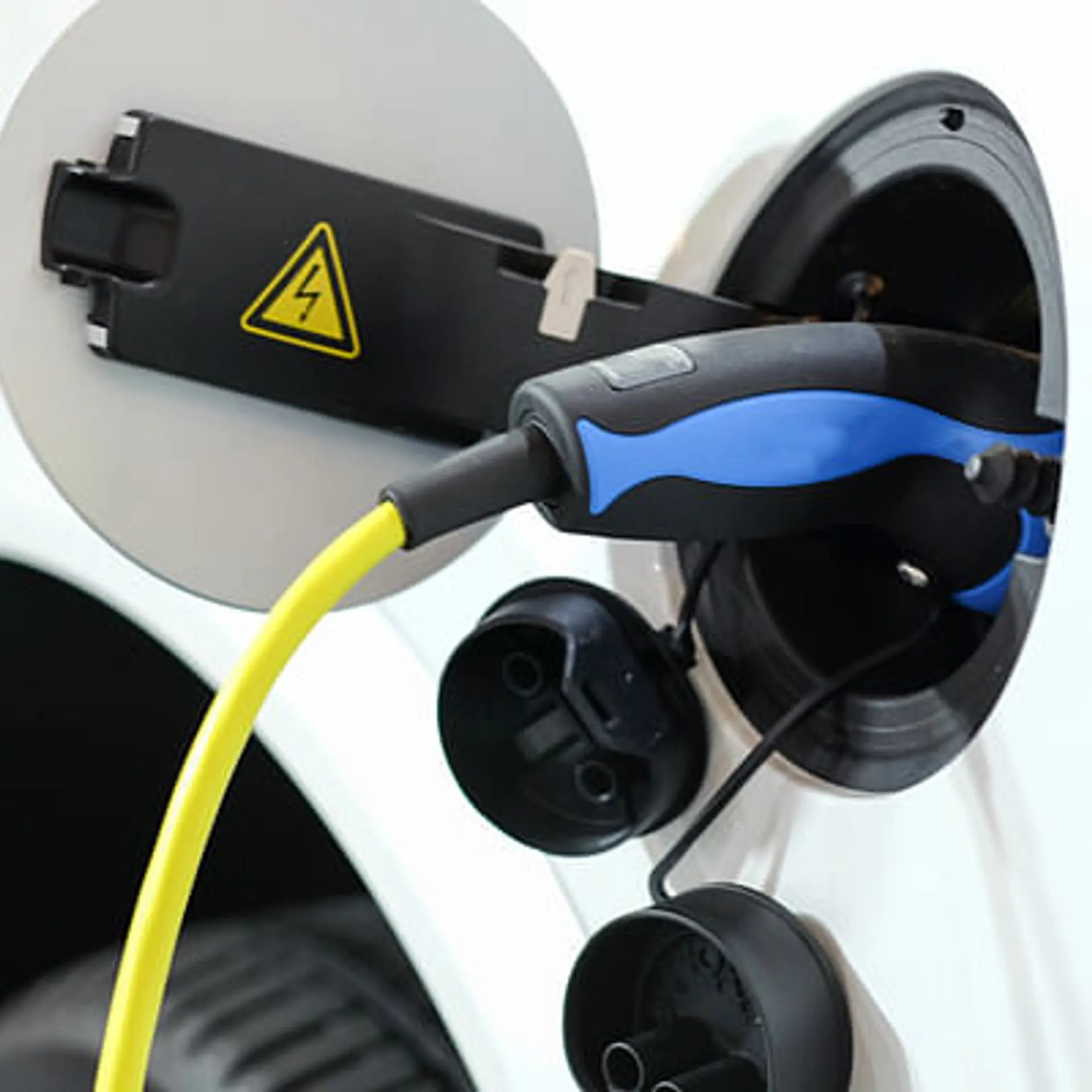The team behind India’s fastest growing digital entertainment company decodes content creation in the new era
While data is the new oil for businesses, content today still remains the king. Cliched as it sounds, the fact is, today, content is one of the most prominent factors that is helping businesses connect with their audience and reap big rewards. As digital technology continues to become all-pervasive, consumers continue to watch, read, listen, stream and post online, the significance of content has only been growing bigger.
At TechSparks 2019, Anirudh Pandita, Founder, Pocket Aces, Sushil Kumar, VP Product, Pocket Aces (Loco) and Pradipta Sarkar, VP Content, Pocket Aces (Loco) in conversation with Vishal Krishna, Business Editor, YourStory, deliberated on how content is being redefined in the new era. From talking about the type of content and platforms that startups can leverage, to the importance of understanding what users want, to decoding the math and magic of content creation, the discussion had a few interesting takeaways.
How content creation has changed today
Anirudh: Earlier content was editorialised. You had so many gatekeepers. Today, if you have a phone, you are a content creator. Content creation has been democratised and there are so many newer ways ways to tell a story. In my company, none of us are Khans or Kapoors, yet we are producing some of the biggest hits. We still continue to make videos with phones though. We haven’t deviated from where we came from. And, this trend will only continue as we continue to see the rise of platforms like TikTok.
A cancelled vacation and how Loco got acquired in 45 days
Sushil: We were inspired by HQ (the wildly popular live game show app where you can win real cash prizes for free). At that point of time, we were not sure if live streaming content at scale was possible in India or not and if there was any company doing it. But, as engineers, we wanted to give it a try. Initially, we thought of it as a passion project and built a prototype in just five days. Soon, we started getting a lot of organic downloads, outside the circle of friends and family to whom we had distributed initially. That’s when we knew the idea had the potential to go viral and jumped in to make it big. We fixed a few technical aspects, made it more interactive and worked on reducing the latency, which helped us differentiate from the clones that came into the market. And, this is when we met Anirudh.
Anirudh: When I saw Loco, I was about to go on a vacation. But I cancelled that, came to Bengaluru and met Sushil at Nandos in Indiranagar. Game shows as a format have been among some of the longest-running content formats. We were trying to build something on the lines of an interactive game show. When I met Sushil, we both described what we wanted to build, it was the same thing. That’s when we saw the synergy. The Loco’s founding team came with strong tech expertise, a clear vision on how they could execute on the product at speed. e, on the other hand, had the connections to bring a large media personality to host the show. And there again, we had the same person on our minds, Gaurav Kapoor, who two weeks later, was hosting the show. We of course, launched it through the huge content network that we have. This whole journey was amazing.
The scale at Pocket Aces
Anirudh: When we started the app, I had told Sushil that we would get 100,000 users in two weeks. But none of us imagined it would become as big as it is. I remember the first time we released a video on filter copy for Loco -- we got 500,000 downloads in three days. Today we have 19 million registered users. If you look at the time spent on the app, you will see people spending 30-40 minutes. We even just released a pay to play version where people are spending over an hour on it. This really is the future of content in many ways. It is also a testament to how you can innovate after winning in a sector. We were already the largest w.r.t viewership in the content space. Currently, on the content side, we are doing 700 million video views a month, which is about a billion minutes a month, compared to 20 million, three years ago.
How technology helps make content engaging
Pradipta: Entertainment is very choice-based. It is subjective. Some people will like it, some won’t. That’s why you need technology that services the user’s needs. For me personally, as someone who works with content, it is impossible to think of content without thinking about technology. It helps to deep dive and understand aspects such as how do users engage, what format works, how long can you retain users, etc. With Loco, when we built the coin service, we were able to increase user retention. For a 30-minute-long show, we have 95 percent retention. Even when people get eliminated, they continue to play along and participate because there is something for them to do.
Sushil: Once you start producing content, over time, you understand what works and what doesn’t. But that learning saturates over time. So you need to innovate. To innovate, you need technology to support the content. And as new technologies and new form factors come into the market, you need your content to adapt. Five years ago, people accessed the internet over laptops and desktops. Today, most people access it via smartphones. Now to explain how this affects content, you need to understand user behaviour. For instance, on desktops or laptops, people multitask. They can watch a video and chat with someone at the same time with ease. But, on the mobile, multitasking can become complex, primarily owing to the form factor. That’s why you need to work on the design, solve the user’s problem, make the content interactive, engaging and easy so that they continue to engage with it.
Anirudh: Ultimately, you have to go user-first. You need to think about what is the user experience while consuming content. We did that when we made content via Filter Copy, which is why it grew so big. The story has been no different for Loco either. For instance, we designed casual gaming on Loco such that it could be played with one hand. This is because, we observed that a lot of users play games while travelling, where they are holding on to the railing or handle with one hand. Essentially, they have one hand free. So, we designed the casual games taking into these minor aspects as well. Another example would be that when we saw that data accessibility fluctuates when people commute, we ensured that the quiz still works when the data connectivity was low. These are unique India-first challenges that a lot of people in the west didnot have. So understanding these unique user experiences leads to product content that does better.
How to reach out to the target audience
Anirudh: Internally at Pocket Aces, I tell my team, essentially we are attention traders. This is true for every business, irrespective of which sector you belong to. Because we need to figure out where the user’s attention is going and where you can get it at the cheapest. Today, content creators on the internet are the go-to places. You can get results you would never have imagined. The retention of the consumers is way better than that is seen on traditional digital platforms. We have seen this ourselves for Loco. When we designed our own media plan, it was content-first. We leveraged content on Filter Copy and then a bunch of our friends from the YouTube universe. We got great results.
For me right now, TikTok, Instagram and Facebook are three key platforms that businesses must leverage to reach out to their audience. The other important aspect is that you need to make content that people will share, only then will you see the distribution numbers accelerating. A good example from recent times is the EasyGo’s video on what people should take and should not take from hotel rooms that went massively viral on Facebook, LinkedIn and WhatsApp. That’s great thinking from a brand that is trying to reach its audience.
Why Founders should always do the storytelling
Pradipta: Startups are run by the passion of founders. So, they should always do the storytelling. It is always more motivating, more convincing, than anything else. It’s only then you get people whose vision are aligned with yours.
Why the content should be authentic
Anirudh: People don’t want to watch a Karan Johar kind of movie where a guy drives a Mercedes to high school. They want common stories. Authenticity is super important in the digital age. When you tell authentic stories, the chances of audience relating to you are very high. Combine that with the insights on what is working, what is helping you retain your users, you will be able to design your content better. Also, it’s important to listen to your audience. There’s a lot of magic in listening. The math will follow soon after.
Sushil: At Loco, even though it was a game show, each episode began by telling the stories of the users. We had the host sharing a real-life story and then asking the users to share their stories. Naturally, we saw a lot of engagement from the users. Then we brought out some of those stories shared by the users in the next episode. That way the users felt the connection and came back to us.
YourStory's annual extravaganza TechSparks brings together the best and the brightest from the startup ecosystem, corporate world, policymakers and, of course, the investor community. Over the past decade, TechSparks has grown to become India's most loved tech and startup platform for knowledge sharing and networking. A big thank you for all your support over the years and a big shoutout to our sponsors.









